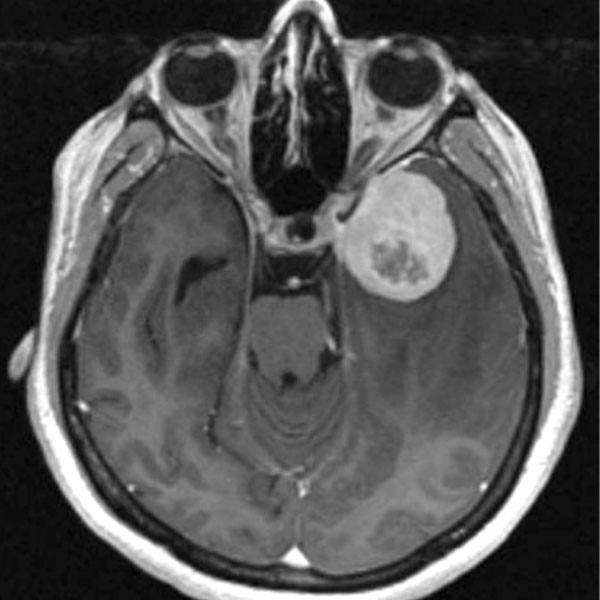The birth rate for babies born before 37 weeks of pregnancy has been stalled for the last decade or so in the U.S. That's the bad news.
The good news is that these early bird babies generally grow up without significant consequence, according to one recent study. Even among the smallest preemies ― those who weigh between 1 and 3.3 pounds ― data from 2009 show that about 88% survive. One reason is because physician-researchers are always trying to improve the care these smallest patients receive. An example is a recent publication led by Christina Pabelick, M.D., a pediatric anesthesiologist.
The paper, which is published in The FASEB Journal, investigates the use of hydrogen sulfide to prevent lung disorders caused by too much oxygen. The stinky gas is mostly associated with swampy smells or sewage, but the body naturally produces it in small quantities, as well.

When a baby is born early, often the lungs are underdeveloped. In providing extra oxygen, lung development can be altered in ways that contribute to long-term health challenges, such as wheezing or asthma. Involved in this impairment is a cell type called the airway smooth muscle. These muscle cells form a ring around the air channels in the lungs. When airway cells sense carbon dioxide, they get wider. When they sense oxygen, they tighten. In asthma, an overgrowth of these cells causes airways to narrow. There are medications for children and adults that can widen airways. For babies, it's more complicated.
"Due to the immaturity of organ systems in these babies, some of the therapies used for adults do not work," explains Dr. Pabelick. "In this study, we explored the effects of hydrogen sulfide on immature airway cells exposed to oxygen. The beauty of hydrogen sulfide is that it is naturally present in the body."
In this small study, funded in part by Mayo Clinic's Center for Biomedical Discovery, Dr. Pabelick and her team isolated airway smooth muscle cells from 12 premature babies and six adults. They examined how oxygen altered the development of airway cells.

From previous work, the team knew that typical interventions for treating over-oxygenation, or hyperoxia, were less effective in preemies. They also knew that hydrogen sulfide as a cell communication molecule promoted expansion of blood vessels (vasodilation) and resistance to cellular stress caused by oxygen (oxidative stress). So the team looked at key aspects of hydrogen sulfide processing and synthesis in airway cells from premature infants, and adults. They wanted to examine if hydrogen sulfide had the same effect on airway cells as on blood vessels and if the infant cells had all the right cellular cues to process the molecule.
"We demonstrated that all the elements for a functional hydrogen sulfide system exist in immature airway cells and that it is effective in cell culture as a treatment for excess oxygen," says Dr. Pabelick. "Even better, hydrogen sulfide did not have an effect in cells exposed to normal levels of oxygen."
The authors hope that hydrogen sulfide research might clarify future therapies for babies or children who have developed lung disease due to oxygen exposure. To follow up, the team will look more into the specific mechanisms by which hydrogen sulfide protects the lungs in babies exposed to oxygen.

"This is very important work for pediatricians because this airway remodeling affects patients into childhood and potentially longer," says Dr. Pabelick. "And from a health care point of view, premature birth, exposures to oxygen with or without ventilation, and asthma contribute significantly to the overall United States health care burden."
Dr. Pabelick plans to use this data to apply for further grants to continue this work ― an effort that would have been more difficult without funding from Mayo Clinic's Center for Biomedical Discovery. "Dr. Pabelick's effort is a great example of how supporting discovery research can lead to new therapeutic opportunities," says Mark McNiven, Ph.D., director of the center. "Our goal is to help researchers do the most creative, innovative, useful science possible to lay the path for identifying the cures of tomorrow."
Learn more
For more about chronic illness and premature birth, head over to Nature and read their recent article, "Survival of the Littlest." To read about Mayo Clinic's Center for Biomedical Discovery, head over to their webpage. And for more about research into women's health, head over to Mayo Clinic's "Center for Women's Health."







